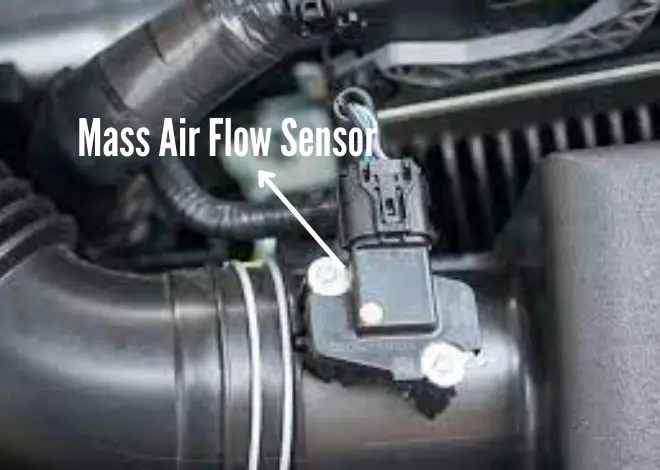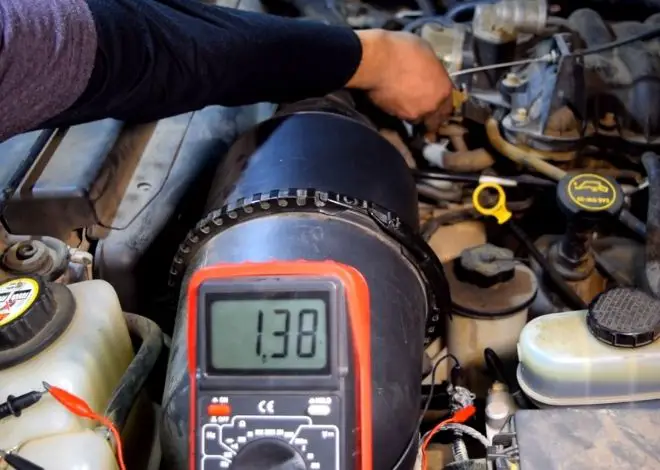Last Updated on May 21, 2025
Have you ever encountered the term OBD2 codes for cars while troubleshooting an issue? If you’ve been dealing with automotive diagnostics, you may have come across something unusual: the P0000 code. At first glance, this may seem like a regular Diagnostic Trouble Code (DTC), but it’s actually quite different from standard fault codes like P0001 or P0002.
So, what is code P0000?
In simple terms, this is not a typical error code. It stands for “No Diagnostic Trouble Codes Reported.” That means the Engine Control Unit (ECU) hasn’t found any specific faults to display. The P0000 code acts more like a placeholder or a default value in many scanning tools.
However, this doesn’t mean you should ignore it altogether. Depending on your scanner’s capabilities, this code might show up incorrectly or even hide real trouble codes behind it. That’s why understanding it is essential before jumping to conclusions.
Let’s also clarify a few common terms:
- MIL (Malfunction Indicator Lamp): Also known as the Check Engine Light.
- CEL (Check Engine Light): Signals issues detected by the ECU.
- DTC (Diagnostic Trouble Code): Over 10,000 codes used to indicate specific car faults.
- ECU (Engine Control Unit): The brain of your vehicle that manages performance and monitors faults.
For more clarity on how codes are stored and retrieved, check out how to read OBD2 codes without a scanner.
Common Causes Behind the P0000 Code
Since P0000 is a “non-error” code, why does it even appear? That’s the mystery many car owners face when they see it pop up unexpectedly.
➤ Possible Causes of the P0000 Code
- Incompatible or Cheap OBD2 Scanners
One of the leading reasons for the P0000 code showing up is using a low-quality scan tool that cannot read manufacturer-specific or advanced trouble codes. Budget scanners may lack necessary protocols and can return false readings.→ Consider using a professional-level scanner instead for accurate diagnostics. - Scan Tool Software Issues
Some scanners might not support your car’s specific model or ECU architecture, especially if it’s a newer or less common brand. This can lead to showing a P0000 code instead of the real underlying DTC. - Connection Errors in the OBD2 Port
A faulty connection between the OBD2 port and your scanning tool may result in incomplete communication, which can trigger the appearance of P0000. - Firmware Glitches in the ECU or Scanner
Occasionally, the issue isn’t hardware at all. It could be a firmware bug either in your scanner or ECU that causes an incorrect code to display. - No Actual Issue – Just a Default Display
In many cases, P0000 appears when the scanner cannot detect any DTCs. It simply shows this as a way of saying: “Everything looks fine.”
📌 For better accuracy, refer to our in-depth Foxwell NT301 review to find out whether your tool is up to the task.
Symptoms and What to Expect
While P0000 technically means “no fault,” it may still leave car owners puzzled. Here’s what to look out for:
➤ Common Signs (Or Lack Thereof)
- No drivability issues
Most users don’t report performance problems when this code appears. Your car may run perfectly. - Check Engine Light is Off or Flickers Briefly
Since P0000 doesn’t indicate a specific error, the MIL or CEL might not even turn on. - Scanner shows P0000, but no other details
If your scan tool gives you this code and nothing else, it likely doesn’t support advanced diagnostics for your car model. - Other codes may be masked
P0000 can act as a “cover” for actual issues. An advanced scanner might reveal hidden trouble codes like P000A when used properly.
🧠 Important Note: Don’t panic if you see the P0000 code. Treat it as a cue to verify your tools and methods before making repairs.
How to Diagnose and Fix the P0000 Code
➤ Step-by-Step Solutions
- Check if MIL or CEL is On
If the Check Engine Light is not illuminated, and there are no performance issues, you can continue driving. But don’t ignore it entirely. - Upgrade Your Scanner
Many issues with false P0000 codes are due to outdated or incompatible scanners. A modern tool with SAE (Society of Automotive Engineers) certification can help uncover hidden DTCs.👉 Explore our guide to the best OBD2 scanners for all vehicles. - Clear the Code and Rescan
After clearing the code, rescan your vehicle. If the P0000 code doesn’t reappear, it was likely a fluke. - Look for Additional Codes
If another DTC appears alongside P0000, focus on the specific trouble code and resolve that first. Often, P0000 will disappear after addressing the actual issue. - Consult a Mechanic If Needed
Still seeing the P0000 code after upgrading scanners and clearing codes? Consult a professional. They may use factory-level diagnostic tools to uncover manufacturer-specific codes.
💸 Estimated Repair Cost:
There’s often no repair cost unless your scan tool needs replacing. A better scanner may cost anywhere from $25 to $200, depending on its features.
Final Thoughts – Don’t Fear the P0000 Code
Your car is your daily companion, and any unusual warning can feel alarming. But not all DTCs are bad news. The P0000 code is a perfect example of a harmless message that can confuse even experienced drivers.
Here’s what you need to remember:
- P0000 means “no fault detected.”
- It’s often the result of scanner limitations, not car problems.
- Upgrading your scan tool can resolve it.
- Look out for additional or hidden codes using advanced diagnostics.
- There’s usually no need for immediate repair or panic.
➤ Related Troubleshooting Guides
- 🔧 P0001 Code – What You Need to Know
- ⚠️ P0002 Code – Common Fixes
- 🔍 P000A Code – Timing Issues Explained
Wrapping It All Up
Understanding the P0000 code puts you one step ahead in vehicle diagnostics. Whether you’re a DIY enthusiast or just want peace of mind before going to a mechanic, knowing that this “error” often isn’t a real error is empowering. Use the right tools, follow the correct steps, and your car will thank you for it.
Frequently Asked Questions (FAQs)
What does the P0000 code mean on a car scanner?
The P0000 code means “No Diagnostic Trouble Codes Reported.” It typically shows up when your vehicle’s ECU has not detected any specific faults. However, this code can sometimes appear due to a low-quality or incompatible OBD2 scanner rather than an actual issue in the vehicle.
Is the P0000 code a serious problem?
No, the P0000 code is not a serious problem. In fact, it is not a real trouble code at all. It simply indicates that no error has been found or that your scan tool couldn’t properly communicate with the ECU. You should check for other hidden codes using a more advanced diagnostic scanner.
How do I fix the P0000 code?
To fix or clear the P0000 code, try using a more advanced OBD2 scanner that supports your vehicle’s specific protocols. If no other codes are found and your car has no symptoms, you likely don’t need to take any further action. You can also clear the code using a compatible scanner and check if it returns.
Why is my Check Engine Light off, but the scanner shows P0000?
The Check Engine Light (MIL) may remain off when the P0000 code appears because it doesn’t indicate an actual fault. It’s a placeholder code, often caused by scanning tool limitations or communication errors between the scanner and the vehicle’s ECU.
Can the P0000 code hide real problems?
Yes, in some cases, the P0000 code can mask genuine issues. Low-quality scan tools may fail to read actual diagnostic trouble codes and show P0000 instead. It’s best to verify with a professional-grade scanner or have a technician check for hidden faults.
Should I take my car to a mechanic if I see the P0000 code?
If your car has no drivability issues and the Check Engine Light is off, you probably don’t need a mechanic. But if the P0000 code persists or if you’re unable to scan other codes, visiting a professional technician with advanced tools is a smart move to ensure nothing is being overlooked.
Kevin Nicholas is an automotive technician who is a genius at software and hardware-related issues. He manually tested more than a hundred OBD scanners and gave his honest opinion on whether the device was worth the money or not. His in-depth OBD review articles help people choose the right product, whether it is a European, American, or Asian vehicle. He completed his Automotive Specialized Training Course at Universal Technical Institute and has more than 15 years of experience in the field.
